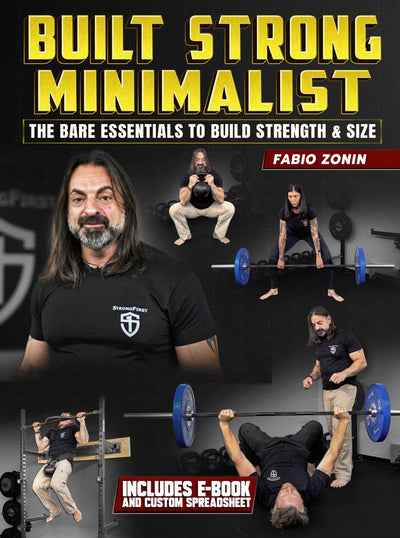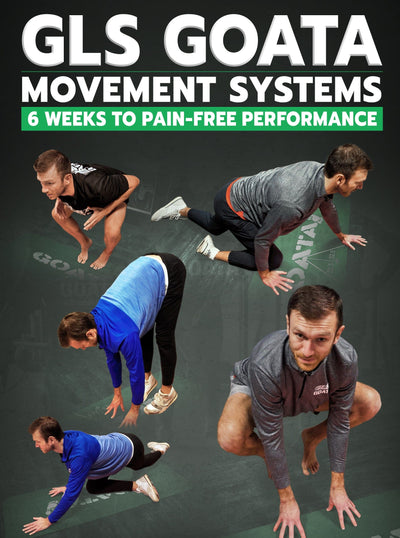Kettlebell Clean and Jerk
If you're seeking a powerful exercise that engages your entire body, combining strength, endurance, and explosive movements, look no further than the kettlebell clean and jerk. Originating from Olympic weightlifting, this exercise has gained popularity in recent years due to its effectiveness and versatility. In this blog, we will delve into the kettlebell clean and jerk, exploring its technique, benefits, and providing tips to help you master this dynamic movement.
The kettle bell clean and jerk consists of two distinct phases, involving a powerful hip extension followed by an overhead press. This exercise effectively targets major muscle groups such as the legs, hips, core, shoulders, and arms.
What this article covers:
Muscles Worked
The kettlebell clean and jerk is a full-body exercise that engages multiple muscle groups simultaneously. Here are the primary kettlebell clean and jerk muscles worked
Lower Body: The clean and jerk heavily recruits the lower body muscles, including the quadriceps, hamstrings, glutes, and calves. The explosive hip extension during the clean phase activates these muscles to generate power and drive the kettlebell upwards.
Core: The core muscles, including the abdominals, obliques, and lower back, play a crucial role in stabilizing the body throughout the clean and jerk movement. They provide support and help transfer power between the lower and upper body.
Upper Body: The clean and jerk targets the upper body muscles, particularly the shoulders, trapezius, deltoids, and upper back. The jerk phase engages the shoulder muscles for the overhead press, while the clean phase activates the upper back muscles for stability and control.
Kettlebell Jerk and Kettlebell Push Jerk
In addition to the kettlebell clean and jerk, variations such as the kettlebell jerk and kettlebell push jerk are worth exploring.
Kettlebell Jerk: The kettlebell jerk is similar to the clean and jerk, but it eliminates the initial clean phase. In the jerk, the kettlebell is already positioned at shoulder height or in the racked position. From this starting position, the lifter performs the explosive leg drive and overhead press, omitting the clean movement.
Kettlebell Push Jerk: The kettlebell push jerk is another variation that emphasizes upper body strength and power. It involves using a slight dip of the legs to initiate the upward drive, followed by an explosive push press to press the kettlebell overhead.
These variations offer different challenges and training stimuli, allowing you to target specific muscle groups and focus on different aspects of the movement.
Tips for Success
To make the most of your kettlebell clean and jerk practice, keep the following tips in mind:
Prioritize proper form: Focus on mastering the technique before increasing weight or intensity. This approach helps prevent injuries and maximizes the exercise's benefits.
Gradually increase weight: Begin with a lighter kettlebell and progress to heavier weights as you become comfortable with the movement pattern.
Engage your core: Keep your core muscles engaged throughout the exercise to maintain stability and protect your lower back.
Focus on your breathing: Inhale during the clean phase and exhale forcefully during the jerk phase to optimize power and stability.
Seek guidance: Consider working with a certified kettlebell instructor who can provide expert guidance and help refine your technique.
Incorporating the kettlebell clean and jerk into your training routine can elevate your fitness level and challenge your body in exciting ways. This dynamic exercise enhances strength, power, endurance, coordination, and cardiovascular fitness. Remember to start with proper technique, progress gradually, and enjoy the journey of mastering this versatile movement.
Did you find the blog helpful? If so, consider checking out other guides:
- Kettlebell Lunge Press
- Kettlebell Walking Lunge
- Kettlebell Lateral Lunge
- Kettlebell Curtsy Lunge
- Kettlebell Overhead Lunge
- Kettlebell Goblet Walking Lunge
- Kettlebell Lunges Muscles Worked
- Kettlebell Thruster
- Kettlebell Squat Thrust
- Kettlebell Thrust
- Banded Kettlebell Hip Thrust
- Kettlebell Push Up with Row
- Kettlebell Inverted Row
- Alternating Kettlebell Rows
- Kettlebell Snatch Muscles Worked





